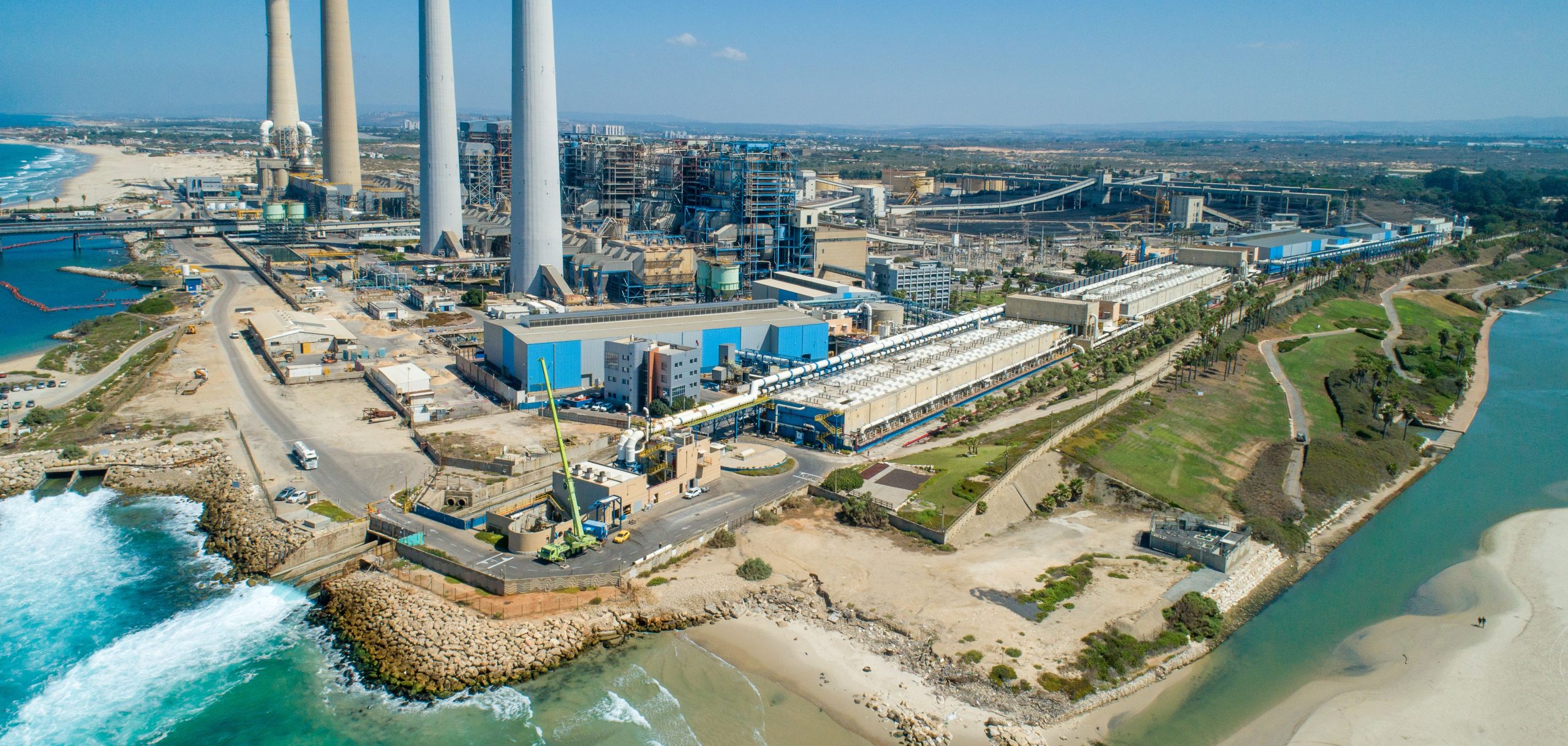Physical Address
304 North Cardinal St.
Dorchester Center, MA 02124

The quest for freshwater is a pressing concern in our world, where scarcity of this precious resource poses serious challenges. Amid the myriad of solutions, desalination emerges as a beacon of hope. However, a recurring question is, “Why is desalination so expensive?” In this article, we will explore the aspects that contribute to the high costs of converting seawater to freshwater and examine the implications of relying on this technology to address water scarcity.
Desalination is the procedure that removes salts and other impurities from seawater, rendering it suitable for human consumption and irrigation. There are primarily two methods of desalination: reverse osmosis and distillation. Reverse osmosis involves pushing water through a membrane to separate the salts, while distillation involves heating water to separate the fresh vapor from the brine. Both these methods demand significant energy, contributing to the high operational costs.
Energy is the main expense in desalination, representing up to half of the total costs. The process of extracting salt from water is energy-intensive, requiring substantial amounts of electricity. This reliance on energy is even higher in areas where there is a scarcity of freshwater and abundant salt content in the water. In such circumstances, the costs can escalate, making desalination an expensive water purification option.
Building desalination plants involves immense capital expenditure. The construction includes advanced technology and extensive piping to transport water, which makes the initial setup cost significant. Moreover, the ongoing maintenance and potential repair of these facilities further contribute to the overall expenses.
The desalination process generates brine as a by-product, which is usually returned to the sea. This discharge can adversely affect marine ecosystems due to its elevated temperature and high salt concentration. Managing the environmental impact involves additional processes and treatments, which also add to the overall cost of desalination.
Research and development in the desalination sector are continuous, aimed at making the process more efficient and cost-effective. However, integrating new technologies or upgrading existing systems incurs additional costs. While these advancements are critical for improving the efficacy of desalination, they do contribute to the elevated expenses associated with this method.
High costs of desalination result in higher prices for the end consumer. In regions where desalination is the primary source of freshwater, residents may experience increased water bills. These economic implications can make desalination a less attractive option for many areas struggling with water scarcity, especially those with limited financial resources.
With an increasing global population and climate change affecting water availability, the demand for freshwater is continually rising. This growing need is pushing the development of more desalination plants. However, until economies of scale are realized, and technological advancements significantly reduce operational costs, desalination will continue to be an expensive solution.
Desalination offers a viable solution to the global water crisis, providing a source of freshwater particularly crucial for arid and water-scarce regions. However, the substantial costs associated with its energy consumption, infrastructure, environmental impact management, and continuous technological advancements make it a pricey endeavor. It is crucial for continuous innovations and sustainable practices to advance in the field to make desalination more affordable and environmentally friendly, thereby aiding in addressing the burgeoning water scarcity issues more effectively.
In understanding why desalination is so expensive, it becomes evident that addressing these costs is fundamental to optimizing the potential of this technology. By doing so, we can hope to make strides towards a future where access to clean, fresh water is not a luxury, but a fundamental right accessible to all.